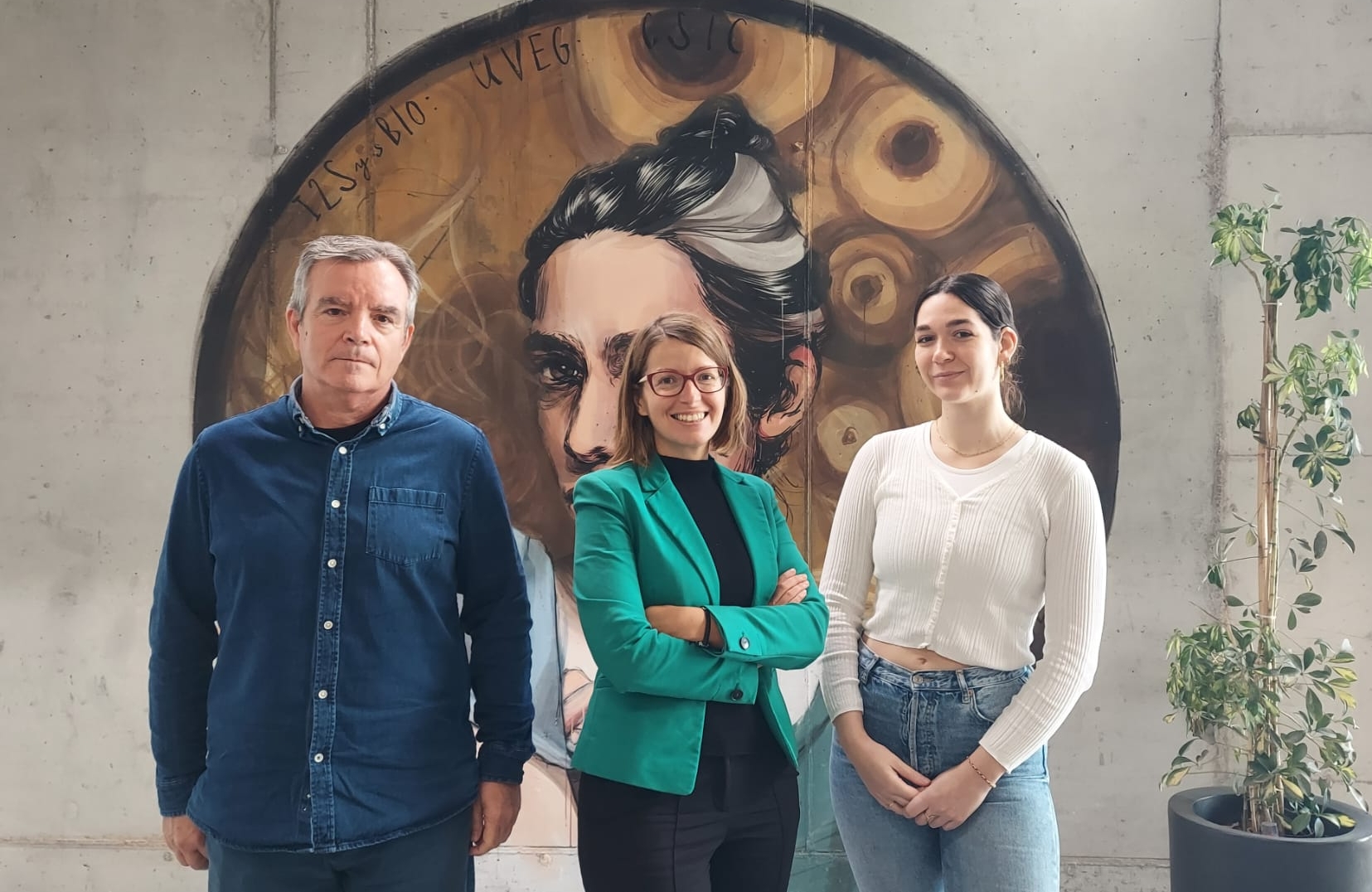Users
Social media
- More details here...
- Address
Parc Científic de la Universitat de València C/
Catedrático Agustín Escardino, 9
46980 Paterna (Valencia) Spain - Email:
iu.i2sysbio@uv.es - Phone:
(+34) 963544810
- Address
Links
I2SysBio develops a bioinformatics tool to study the genome of individual bacteria and their associated infectious viruses

Investigation
I2SysBio develops a bioinformatics tool to study the genome of individual bacteria and their associated infectious viruses
Researchers at the Institute of Integrative Systems Biology (I2SysBio), a joint centre of the University of Valencia and the Spanish National Research Council (CSIC), have developed CleanBar, a bioinformatics tool for analysing DNA sequences from complex samples at the level of individual cells. The study, led by Mária Džunková and published in ISME Communications, focuses on observing how phages (viruses that infect bacteria, often used to combat multi-resistant pathogenic bacteria) multiply within each bacterial cell and reveals that infections are not uniform across all cells.
“Applied to the study of viral infections, it offers a direct window into how these viruses spread within each cell, how many copies they produce, and how infection varies among different bacteria in the same population,” explains Vicente Arnau, the application’s developer, researcher at I2SysBio, and professor in the Department of Computer Science at the University of Valencia.
Single-cell sequencing is a technology that enables the analysis of the genetic material of individual cells, in contrast to traditional sequencing, which examines an average of many cells from a tissue or sample. This technique makes it possible to unravel cellular heterogeneity, identify complex cell types, and understand subtle differences between cells. CleanBar is an open-source application that is easy to install and allows the analysis of sequencing files of varying sizes—from thousands to millions of sequences—in a short amount of time.
Applied to microbial sequencing, single-cell sequencing allows researchers to obtain the genetic code of individual bacteria present in a sample, along with information on bacterial interactions with plasmids and bacteriophages. Technically, the process of identifying each cell (or bacterium) is achieved by adding a unique DNA tag to the cell.
Several technologies are available, but the most accessible for any laboratory is the technique called split-and-pool barcoding, recently developed by the Lithuanian biotechnology company Atrandi Biosciences. In this type of labelling, a set of four different sequences or tags is added on the laboratory bench using a 96-well plate, without the need to purchase expensive equipment, allowing the DNA from each cell to be differentiated. These tags are called barcodes.
“Subsequently, the DNA sequences must be separated and grouped by their barcodes, thus obtaining the sequenced DNA of each individual cell. In this work, researchers from three different groups at I2SysBio collaborated to present our CleanBar software, a tool for separating the DNA sequences obtained according to the barcodes used to identify each bacterium in a sample,” explains Vicente Arnau, who adds that CleanBar is also capable of detecting barcodes in variable positions, with unexpected spacing between them, and can predict erroneous classifications where one or two barcodes fail.
This project is funded by the Gen-T programme of the Valencian Regional Government (GV), the Investigo programme (GV), and the Spanish Ministry of Science, Innovation and Universities.
Vicente Arnau, Alicia Ortiz-Maiques, Juan Valero-Tebar, Lucas Mora-Quilis, Vaida Kurmauskaite, Lorea Campos Dopazo, Pilar Domingo-Calap, Mária Džunková, CleanBar: a versatile demultiplexing tool for split-and-pool barcoding in single-cell omics, ISME Communications, Volume 5, Issue 1, January 2025, ycaf134, https://doi.org/10.1093/ismeco/ycaf134


